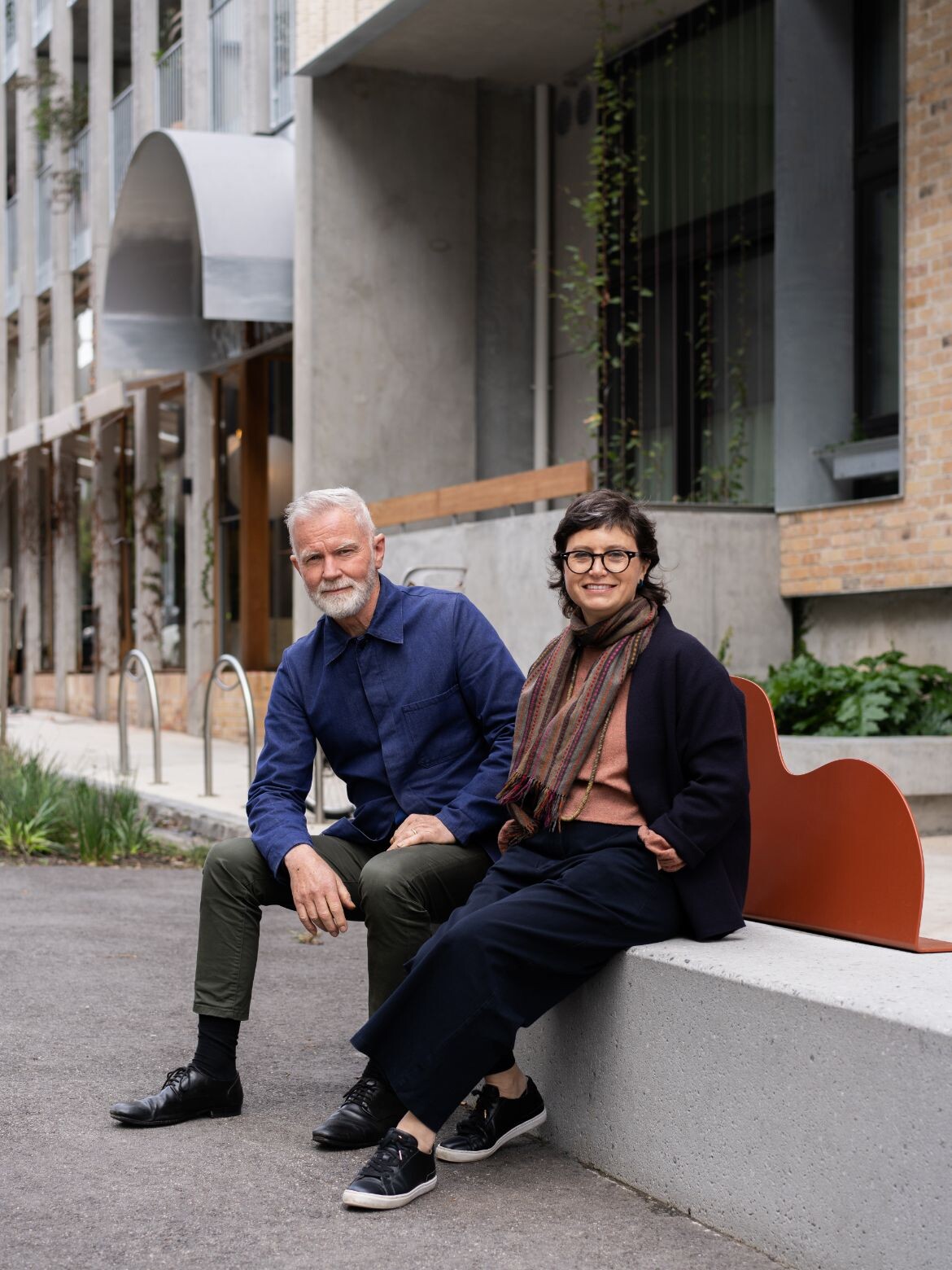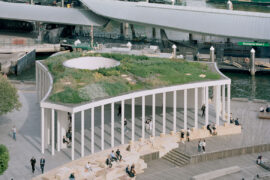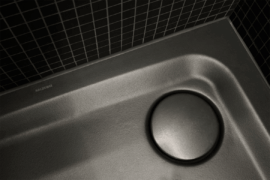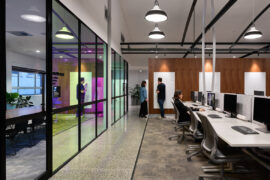Amongst the ever-shifting landscape of architecture and design, a new paradigm is taking root – one which places more emphasis on the relationship between design and quality of life than ever before.

October 6th, 2023
Despite the growing industry push towards social design thinking, there are still no quantitative tools in place to measure the social value of projects in Australia. Hayball, an architectural powerhouse with four decades of innovation, is breaking new ground in a partnership with the Australian Social Value Bank (ASVB).
The pair are teaming up to measure and quantify the social value of their projects – pushing design’s impact beyond aesthetics and into the gritty realities of everyday life. With a project portfolio centred on social value, Hayball is known for having a community-focused approach. Think Nightingale Village and Developer, for example, for which Hayball was executive architect; or as design architect for the innovative CRT+YRD building. The ultimate goal? To distil the magic of design into hard numbers, merging qualitative insights with monetary value.

In a world fixated on the flat numbers of economic worth, this partnership seeks a national antidote. Together, Hayball and ASVB aim to conceptualise an industry-first measurement framework which will showcase the impact of design on lives and communities – merging qualitative data and monetary value. As the federal government gradually shifts focus from GDP to wellbeing, Hayball and ASVB’s initiative rides the wave of change, demanding an industry-wide revolution for the benchmark of project evaluation.
This is more than numbers; it’s about influencing the future. By crafting a tool that highlights the fusion of design brilliance, social impact, and financial weight, Hayball is daring the industry to redefine success.
“Our ultimate goal with this study is to have a framework and measurement tool that can be utilised across sectors for comparison and engagement with our peers in the Australian architecture and design industry. We hope that the pilot study of CRT+YRD in the Nightingale Village will start a meaningful conversation around measuring social value,” says Hayball’s co-managing principal, Sarah Buckeridge.
Related: The magic of Nightingale

Working collaboratively with the ASVB, Hayball is crunching numbers and tweaking questions. They’re putting their project, CRT+YRD, under the microscope, analysing all things human. Using a set of industry-specific questions and calculations, the pilot study will leverage post-occupancy data from CRT+YRD’s inhabitants to assess whether the project achieved its social goals; exploring everything from community engagement and feelings of safety to housing adaptability. It’s all aimed at creating a blueprint for transforming spaces into centres of social value.
ASVB’s executive officer Min Seto continues: “It’s exciting to see the measurement of social value progressing within architecture in Australia; it will mean that impacts on the wellbeing of people and the planet will be considered from the very beginning of projects, in the design phase. This partnership will pave the way for a useful framework to improve our spaces and places for society.”

Hayball’s novel approach is certainly turning heads and it raises all sorts of questions, not least philosophical ones about the value and meaning of socially orientated design. We continue the discussion with Hayball’s Eilish Barry here – join us as we dig a little deeper into the fascinating and complex questions that this report throws up.
Hayball
hayball.com.au
ASVB
asvb.com.au
Photography
Tom Ross (Nightingale Village)
INDESIGN is on instagram
Follow @indesignlive
A searchable and comprehensive guide for specifying leading products and their suppliers
Keep up to date with the latest and greatest from our industry BFF's!

The undeniable thread connecting Herman Miller and Knoll’s design legacies across the decades now finds its profound physical embodiment at MillerKnoll’s new Design Yard Archives.

A curated exhibition in Frederiksstaden captures the spirit of Australian design

London-based design duo Raw Edges have joined forces with Established & Sons and Tongue & Groove to introduce Wall to Wall – a hand-stained, “living collection” that transforms parquet flooring into a canvas of colour, pattern, and possibility.

Pier Pavilion by Besley & Spresser provides a refreshing, architecturally thoughtful and versatile public space by the water at Barangaroo.

With Steelcase having reopened its refreshed WorkLife Showroom in Singapore this year, we spoke to Navedita Shergill about some key workplace macro shifts identified in their research.
The internet never sleeps! Here's the stuff you might have missed

Overlooking Berlin Zoo, the suites of the 25hours Hotel Bikini Berlin curate the sustainability ethos in an entirely unique and dynamic aesthetic. Think natural fabrics and materials, jewel-hued colours, curves and cushions, spa-like bathrooms and hammocks with views over urban greenery.

Architectus’ new headquarters for Q-CTRL addresses complex technical requirements while creating an enjoyable place to work.